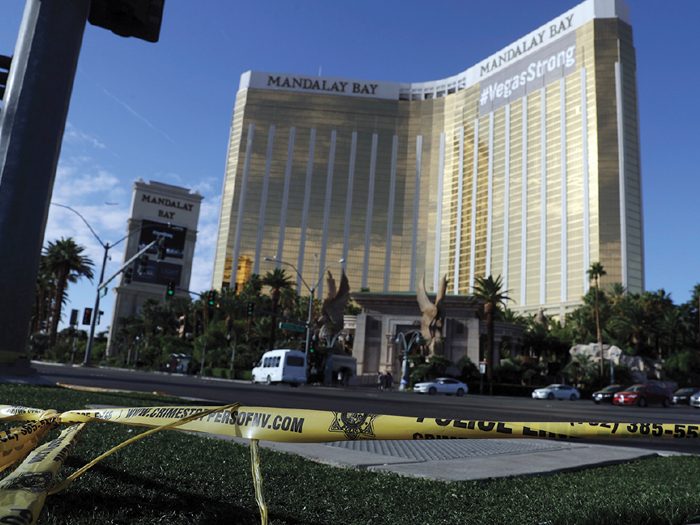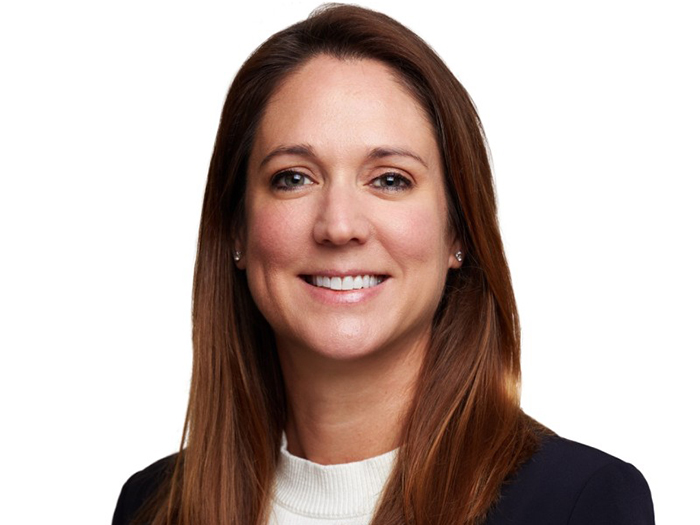Business Interruption Risk
Parametric Triggers in Business Interruption Insurance

Mass shootings in the United States and the emergence of new forms of terrorism in Europe are boosting demand for insurance against losses caused by business interruption when a policyholder suffers no direct property damage, according to insurers.
But brokers say coverage for non-physical damage BI (NDBI), needs to evolve to better meet the emerging needs of corporate clients.
For years, manufacturing clients sought a more comprehensive range of NDBI coverages, especially due to the indirect effects of natural catastrophes such as the Thai floods that disrupted global supply chains in 2011.
More recently, however, hospitality and entertainment companies are expressing interest as they strive to adapt to realities such as the mass shootings in tourism hotspots Las Vegas and Orlando and terror attacks in such popular destinations as New York, Paris, Berlin, Barcelona and London.
In addition to loss of life and property, revenue loss is a real risk. Tragedies that cause a high number of fatalities can cause severe financial losses, especially for companies relying on tourism, as visitors shy away from crime scenes.
Precedents already exist. Paris received 1.5 million fewer visitors than expected in 2016, after the French capital was targeted by a series of deadly terror attacks the year before.
More recently, bookings declined in the immediate aftermath of a shooting at the Mandalay Bay Resort and Casino in Las Vegas that took the lives of 58 people on October 1: Bookings at the hotel have since recovered.
“The recent horrific mass shootings in Las Vegas, Nev., and in Sutherland Springs, Texas, raised awareness and concerns about similar events occurring in areas where the public congregates, such as entertainment venues like sporting events, concerts, restaurants, movie theaters, convention centers and more,” said Bob Nusslein, head of Innovative Risk Solutions Americas, Swiss Re CS.
“The second highest NDBI cover to natural catastrophes is terrorism, including active shooter and mass shootings.”
However, products available in the market do not always provide the protection companies would like. Active shooter coverages, for example, focus mostly on third-party liabilities that policyholders may face after a shooting.
Loss-of-attraction policies often define triggering events with a high degree of detail. These events may need to be characterized as a terrorist attack or act of war by authorities. In some cases, access to the venue needs to be officially cut off by police.
It follows that an attack by a 64-year old ex-accountant who shoots hundreds of people for no apparent reason — as was the case in the Mandalay Bay tragedy — isn’t likely to align with a typical policy trigger.
But insurers say they are trying to adapt to the evolving realities of both mass shootings and terrorism to meet the new needs expressed by clients.
“The active shooting coverage is drawing much interest in the U.S. market right now. In Europe, clients are increasingly inquiring about loss of attraction,” said Chris Parker, head of terrorism and political violence, Beazley.
“What we are doing at the moment is to try and cross these two kinds of products, so that a client can get coverage for the loss of attraction resulting from an active shooting event.”
Loss-of-attraction policies cover revenue loss derived from catastrophic events, and underwriters already offer alternatives that provide coverage, even when no property damage is involved.
To establish the reach of such a policy, buyers can define a trigger radius — a physical area defined in the policy. If a catastrophic event takes place within this radius, coverage will be triggered. This practice is sometimes called “cat in a box.”
Some products specify locations that, if hit by a catastrophic event, will result in lost revenue for the insured. For resorts or large entertainment complexes, for example, attacks on nearby airports could cause significant loss of revenue and could be covered by NDBI insurance.
Measuring losses is a challenge, and underwriters may demand steep retention levels. According to Parker, excess coverage may kick in after a 20 percent to 25 percent revenue drop.
Insurers will also want proof that the drop is related to the catastrophic event rather than economic downturn, seasonal variances or other factors.
“Capacity is very large for direct acts of terrorism but lower for indirect terrorism and violent acts because the exposure is far greater,” said Joey Sylvester, national director of operations & planning, Public Sector, Gallagher.
“Commercial businesses, public entities, religious and nonprofit organizations have various needs for this type of coverage, and the appetite is certainly trending upward.”
It is difficult to foresee which events will cause business disruption. As a result, according to Nusslein, companies generally prefer to purchase all-risk NDBI covers rather than named-perils coverage.
“The main reason is that, if they have coverage for four potential NDBI events and a fifth event occurs, the fifth event is not covered,” he said. “Insurers, new to NDBI covers, still prefer named-perils covers over all-risk cover.”
Current geopolitical tensions are also fueling buyers’ demands.
“Many companies want nuclear, biochemical, chemical and radiological exclusions removed from terrorism NDBI covers. While this is more difficult for insurers, it is not impossible,” Nusslein said.
“War risk NDBI cover is becoming more sought after due to political tensions between the U.S. and North Korea.”
“Many companies want nuclear, biochemical, chemical and radiological exclusions removed from terrorism NDBI covers. While this is more difficult for insurers, it is not impossible.” — Bob Nusslein, head of Innovative Risk Solutions Americas, Swiss Re CS
Natural catastrophes still constitute the largest share of perils underlying NDBI products. Parametric indexes are increasingly employed to provide uncontroversial triggers to policies, said Duncan Ellis, U.S. property practice leader, Marsh.
These indexes range from rainfall levels and wind speed to the measured intensity of earthquakes. Interest in this kind of NDBI coverage expanded after the recent hurricane season.
“The benefit of these products is that you do not have to go through the settlement process, which clients hate,” Ellis said.
NDBI policies are often bespoke, which is more common for very large insurance buyers.
“Usually, the market offers bespoke coverages for individual industries or clients, with very significant deductibles,” said Tim Cracknell, partner, JLT Specialty.
NDBI cover can also help transfer regulatory and product recall risks. The life science sector is expressing interest in this kind of solution for cases where a supplier goes bankrupt or is shut down by a regulator, or a medication needs to be recalled due to perceived flaws in the manufacturing process.
Experts say that concerns still to be addressed are NDBI losses caused by cyber attacks and pandemics.
Capacity is an ongoing concern. According to Swiss Re CS, $50 million to $100 million, or even more, can be achieved through foundation capacity provided by a lead insurer, with syndicated capacity to other insurers and reinsurers, depending on the risk. &











